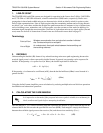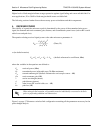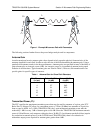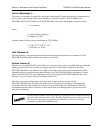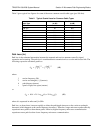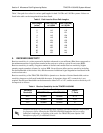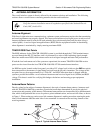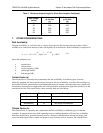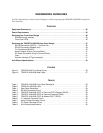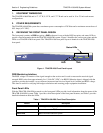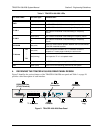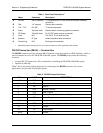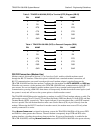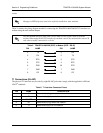
TRACER 4106/4206 System Manual Section 2 Microwave Path Engineering Basics
612804206L2-1A © 2004 ADTRAN, Inc. 23
7. OTHER CONSIDERATIONS
Path Availability
The path availability of a wireless link is a metric that expresses the fractional amount of time a link is
available over some fixed amount of time, and depends on several factors. Path availability is expressed as
where the parameters are
a terrain factor
b climate factor
f carrier frequency (GHz)
d path length (miles)
F fade margin (dB)
Terrain Factor (a)
The terrain factor is a quantity that compensates the link availability for different types of terrain.
Generally speaking, the more smooth an area's terrain is, the less availability a wireless link running over
that terrain will have, primarily due to multipath reflections. In contrast, secondary microwave signals will
be randomly dispersed over rough terrain, and will not interfere with the main signal lobe as badly as in the
smooth terrain case. The terrain factor values normally used are listed below:
Climate Factor (b)
The climate factor is a quantity that compensates the link availability for different types of climates
(weather). In general, microwave links operating in areas with high humidity will have less availability
than those in arid areas, primarily because water is a dispersive mechanism to microwave energy, and
causes the main signal lobe to refract and disperse away from the receiver location. The climate factor
28 220 177
30 239 195
32 259 213
34 279 232
36 300 252
Terrain Terrain Factor Description
Smooth 4 water, flat desert
Average 1 moderate roughness
Mountainous 1/4 very rough, mountainous
Table 5. Minimum Antenna Height for Given Path Lengths (Continued)
Path Length
(miles)
Min. Antenna Height
@ 2.4 GHz
(ft)
Min. Antenna Height
@ 5.8 GHz
(ft)
A12.510
6–
×
()abfd
3
10
F10
⁄
–
()–[]100%
×
=
(%)



